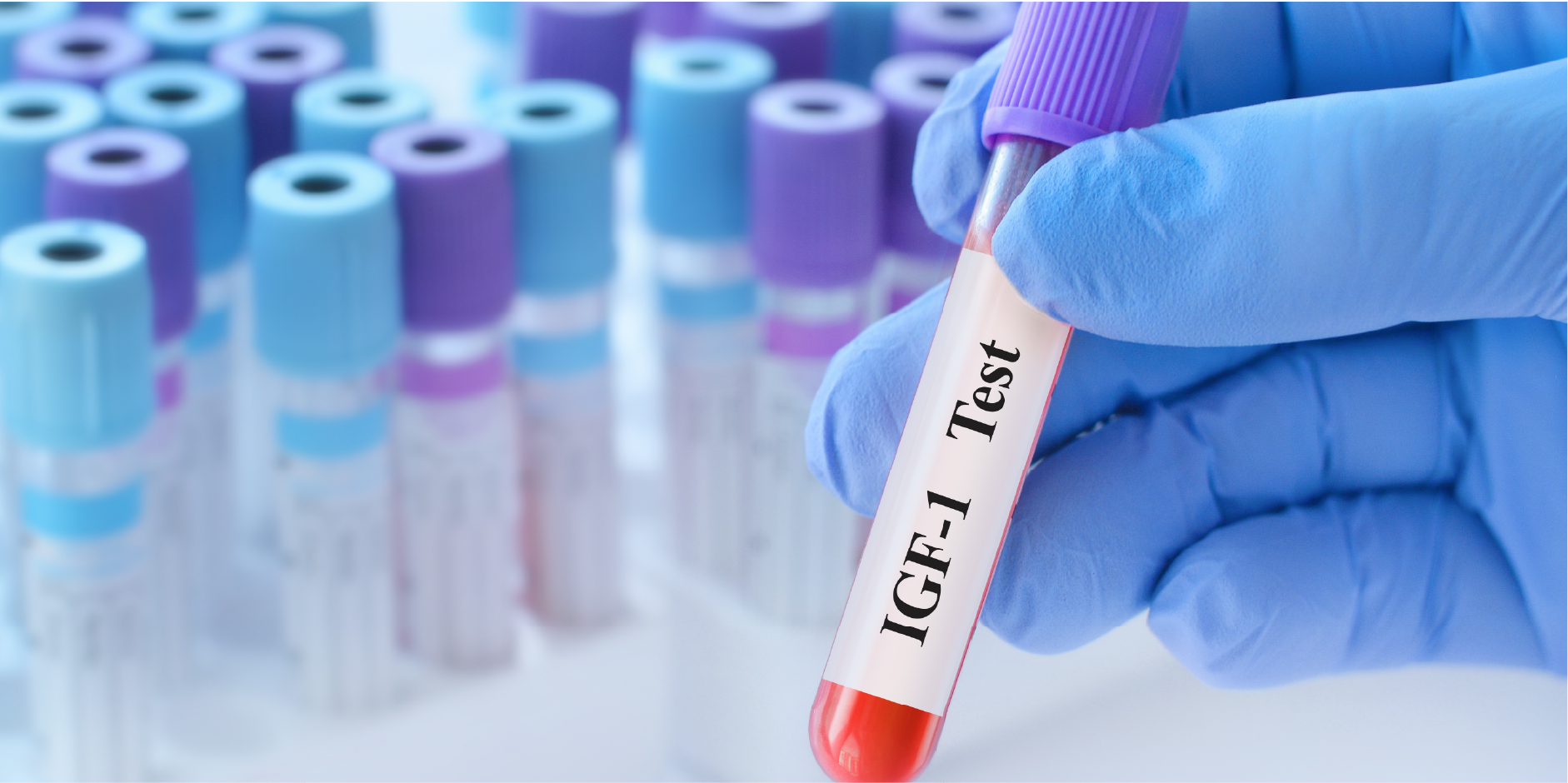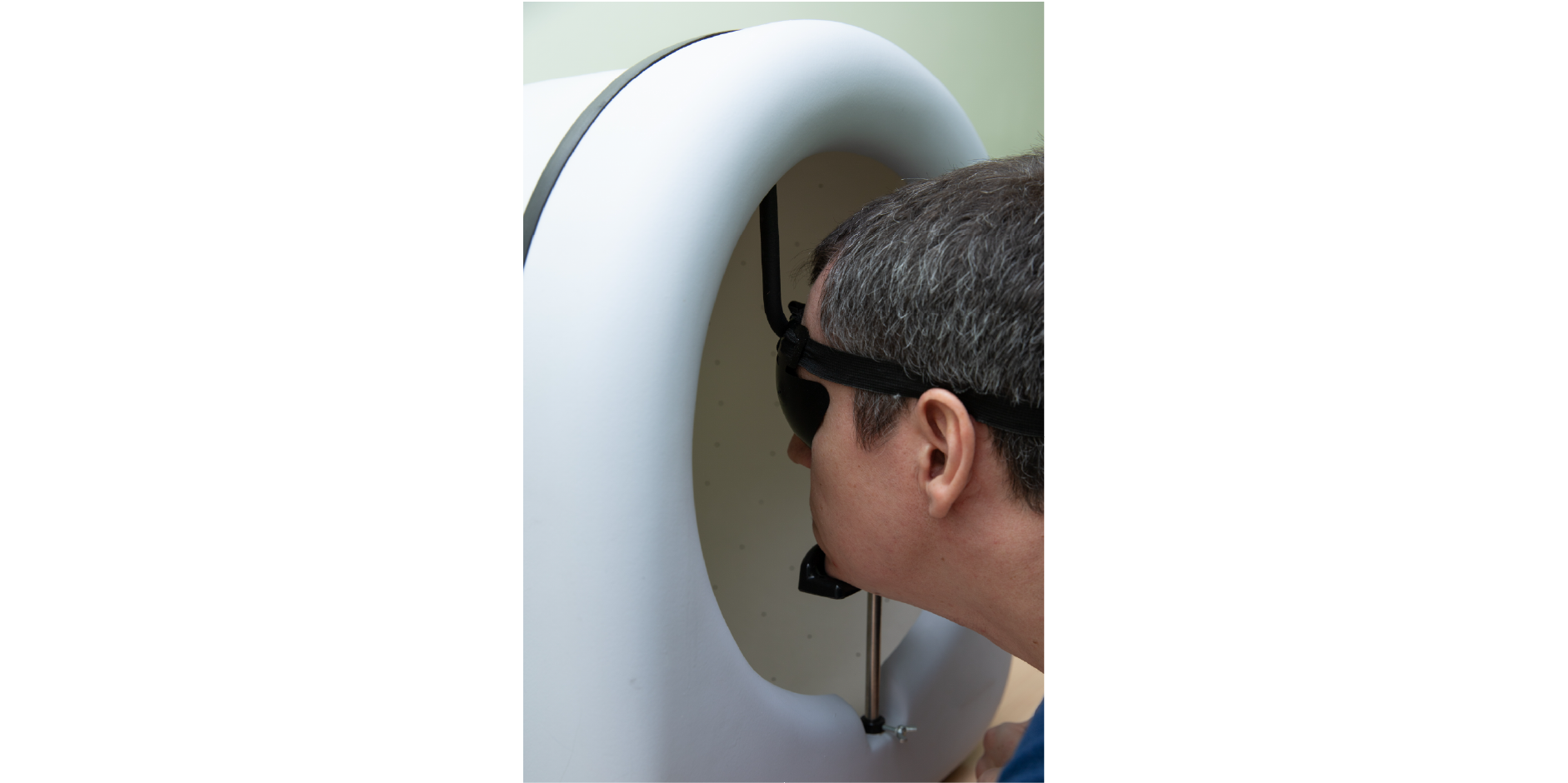Content on this page:
Content on this page:
Laboratory Tests and Ancillaries
Insulin-like Growth
Factor-1 (IGF-1)
IGF-1 has a long
half-life making it an integrated measure of GH secretion over time because
levels are GH dependent. IGF-1 measurements, adjusted for age and sex, are
recommended for screening, diagnosis, and monitoring. It is the recommended
initial screening in patients with clinical manifestations of acromegaly especially
those with facial and acral features. It is also recommended in patients with
associated conditions (eg sleep apnea syndrome, type 2 DM, debilitating
arthritis, carpal tunnel syndrome, hyperhidrosis, hypertension). It may also be
used to rule out acromegaly in patients with pituitary mass.
The test is diagnostic if
levels are >280 ng/mL with adjustments for age and sex. In patients with
typical signs and symptoms, IGF level >1.3 times the upper limit of normal
for age is diagnostic. For equivocal results, IGF-1 test can be repeated and GH
measurement after 75-g oral glucose load may also be used to confirm the
diagnosis. A normal IGF-1 effectively rules out the diagnosis of acromegaly.
However, it must be noted that in pregnancy and late-stage adolescence, false
positives may occur. Lastly, a random IGF-1 should be measured for diagnosis
and for monitoring after therapeutic intervention.
 Acromegaly.ai_Diagnostics 1
Acromegaly.ai_Diagnostics 1Growth Hormone (GH)
A random GH measurement is not diagnostic due to its episodic secretion and short half-life. Serum GH may also be high in patients with uncontrolled DM, liver disease, and malnutrition. However, as GH secretion is suppressed by glucose, measurement of GH suppressibility with glucose is useful in the diagnosis of acromegaly.
Oral Glucose Tolerance Test (OGTT)
GH measurements can also be done after a 75-g oral glucose load. A nadir GH suppression after administration is considered the gold standard test for acromegaly. Acromegaly is suggested if the GH level is not suppressed to <0.3 ng/mL with immunoradiometric (IRMA) or immunochemiluminescence assay or <1 ng/mL with conventional radioimmunoassay. The test is recommended to be performed at baseline (after fasting), then every 30 minutes for a total of 120 minutes after the administration of glucose. Lastly, GH measurement after overnight fasting may also be useful in determining prognosis or complications.
Pathologic Findings
Standard pathology reporting should include immunohistochemistry assessment for pituitary hormones. Transcription factors can be used to define adenoma lineage and determine the adenoma cell type if not classifiable on hormone expression alone.
GH-Staining Pituitary Adenoma
GH-staining pituitary adenoma’s response may be the same as their biologically active counterparts. This may help predict response to dopamine agonist therapy in tumors that stain for prolactin.
Other Studies
Other studies that can be done are standard biochemistry (eg glucose, calcium, phosphorus, lipid profile, serum prolactin level), sleep studies for the evaluation of sleep apnea syndrome (which is frequently associated with acromegaly), and periodic colonoscopy surveillance. Regarding periodic colonoscopy, it is recommended to be done at diagnosis since incidence of pre-malignant colonic lesions may be higher in acromegaly.
Imaging
Imaging is performed
after previously mentioned biochemical criteria for diagnosis are met. Magnetic
resonance imaging (MRI) with gadolinium of the pituitary gland is the initial
choice of imaging modality as it is able to detect tumor mass (eg pituitary
adenoma) and assess its type, nature, and size (eg macroadenoma or
microadenoma). A GH-secreting macroadenoma has a diameter of >10 mm, while a
GH-secreting microadenoma has a diameter of <10 mm. Computed tomography (CT)
is the next choice of imaging modality if MRI is contraindicated or
unavailable.
Visual Field Testing
Visual field testing by perimetry is suggested to be done when the
tumor is abutting the optic chiasm on an imaging study. It is also performed
when the patient complains of reduced peripheral vision.
 Acromegaly.ai_Diagnostics 2
Acromegaly.ai_Diagnostics 2